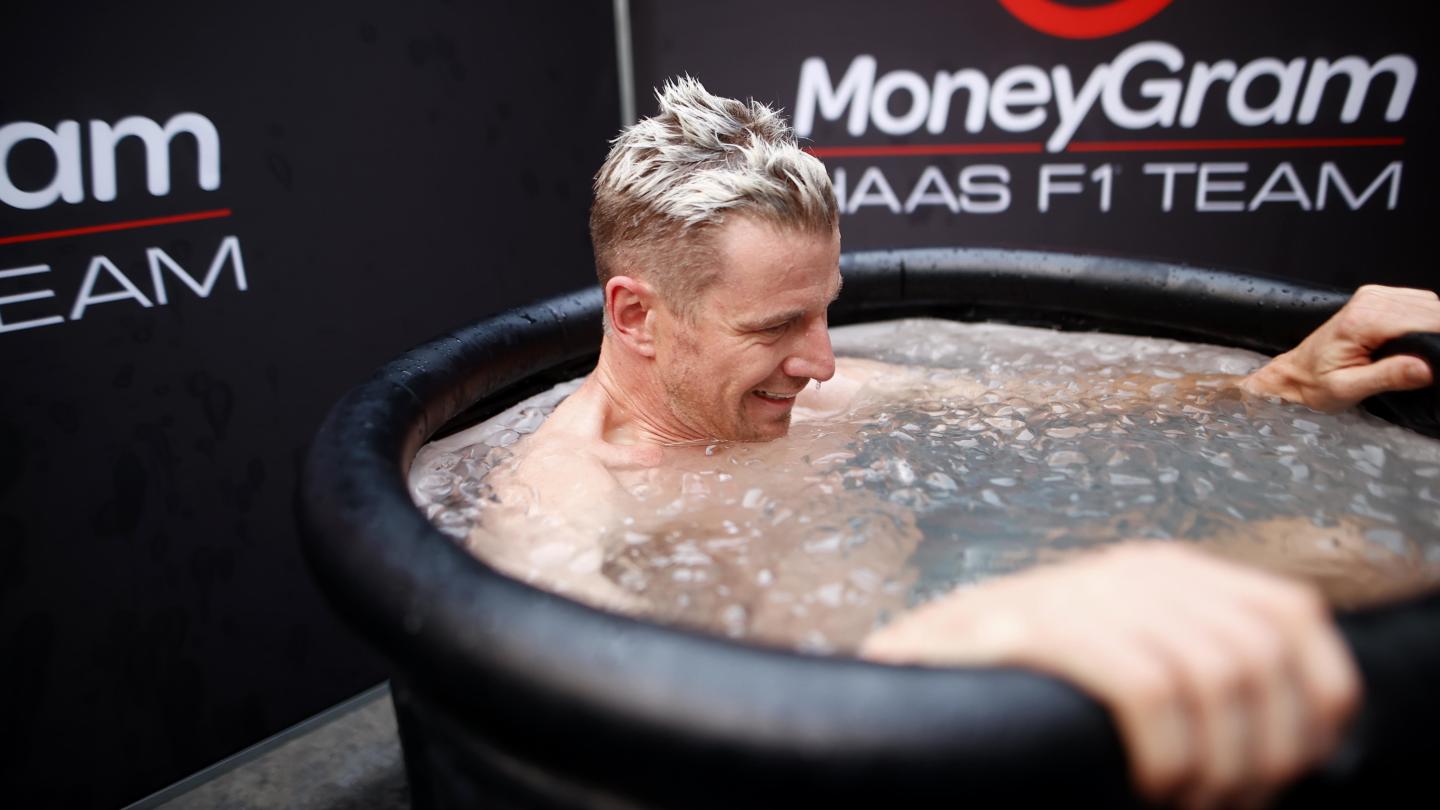Insight: How does the Hulk beat the heat in Singapore?
September 17, 2024
Singapore joined Formula 1’s calendar in 2008 with a circuit mapped out around some of the city’s most eye-catching landmarks.
Referred to as ‘the original night race’ in Formula 1, the floodlit buildings provide a stunning backdrop to a high-speed pursuit through the city. Teams and drivers consequently must manage an unusual timetable, with the race start at 20:00 local, meaning breakfast in mid-afternoon, dinner in the early hours, and blackout curtains in hotel rooms essential. Singapore’s high temperatures and humidity levels also adds to the challenge for everyone in the team.
Martin Poole, Nico Hulkenberg’s Human Performance Coach since 2016, has created an acclimatization plan for the German which has been meticulously planned to offset the challenging conditions the Marina Bay Street Circuit provides drivers.![]()
So, why is Singapore so demanding on drivers?
“Last year alterations to the Marina Bay Street Circuit were made, shaving 135 meters of distance from the track, and lowering lap times by almost 10 seconds, however the Singapore Grand Prix is still pushing towards the two-hour mark. The circuit is still extremely challenging, with very little rest time for the driver during a very bumpy lap.
“Ambient temperatures are usually in the mid-thirties with a high level of humidity, making cooling inside the car very hard and cockpit temperatures reaching 50-60 degrees. Heat exhaustion is almost inevitable for the driver and in extreme cases it can cause headaches, dizziness, nausea, muscle cramps and increased body temperature.
“The key area of physiology that we try to improve before the race is the driver’s thermo-regulatory system. 60-75 percent of the energy that we burn in day to day life is used purely to regulate our body temperature inside our small operating window of (36 to 37 degrees). So not only is heat exhaustion really detrimental to driving performance, it creates a huge energy cost to the driver, all of which is happening during one of the longest Formula 1 races of the season.![]()
Things we do differently over that race weekend:
- We change the electrolyte water ratios in Nico’s drink during each session (when he returns to the garage) and in the car for the race. We might even run the drink system in the car during practice sessions which we never usually do.
- The driver requires a stronger concentration of glucose and sodium which together help to regulate sweating and heart rate and increase blood plasma levels.
- It’s one of the only races where you’ll see the famous ice baths make an appearance. We look to do the plunge pre and post session and give Nico’s hypothalamus (the part of the brain that regulates temperature) a fighting chance to help him avoid over-heating.
- Before the race Nico leaves the garage, does his laps to the grid and then we run all the way back to the garage and straight into the ice bath for a few minutes before getting changed again and returning to the front of the grid just in time for the national anthem! To cool right down so close to the start of the race has a huge impact on his performance over the first few laps and saves a lot of energy.
- Surprising to some, we drink a lot of iced coffee, frozen electrolyte ice pops over the weekend, on top of the usual cold water. We also try to get the basics right, such as keeping his body topped up with glycogen through carbohydrate rich foods like pasta, rice, bread and potatoes.
- Sleeping well is also important to help his energy stores replenish, but we have a very offset sleep pattern due to that fact we stay on European time. This means going to bed between 4-6am and waking up at 12-2pm.
![]()
“For us, every year the subject of Singapore comes up around July time. It’s in the back of our minds that training over the summer break needs to ramp up a bit, we do more sessions outside in the heat, and try to acclimatise Nico to the discomfort of performing in the heat and humidity as much as possible. It’s the only race that we train specifically for.”